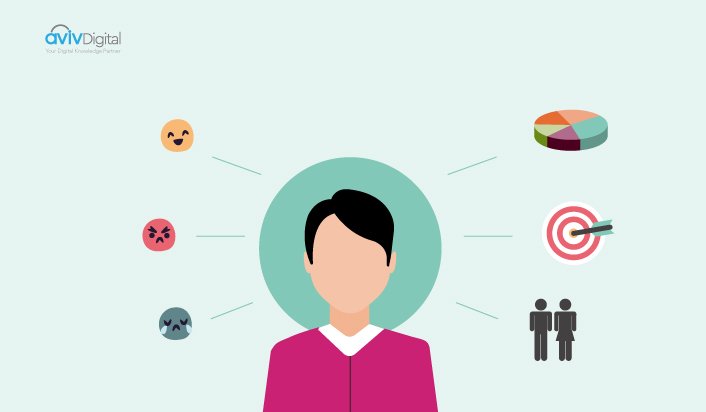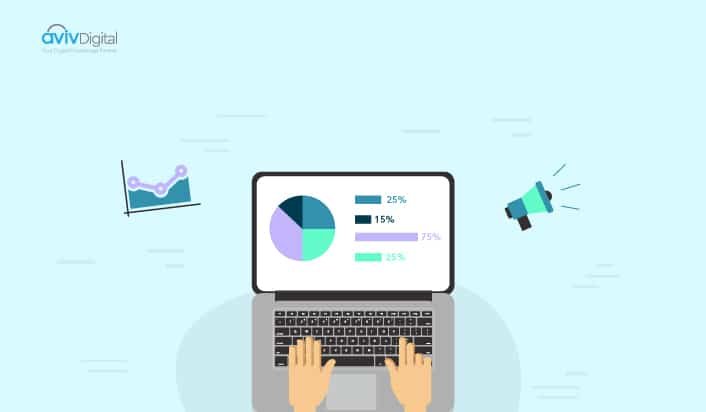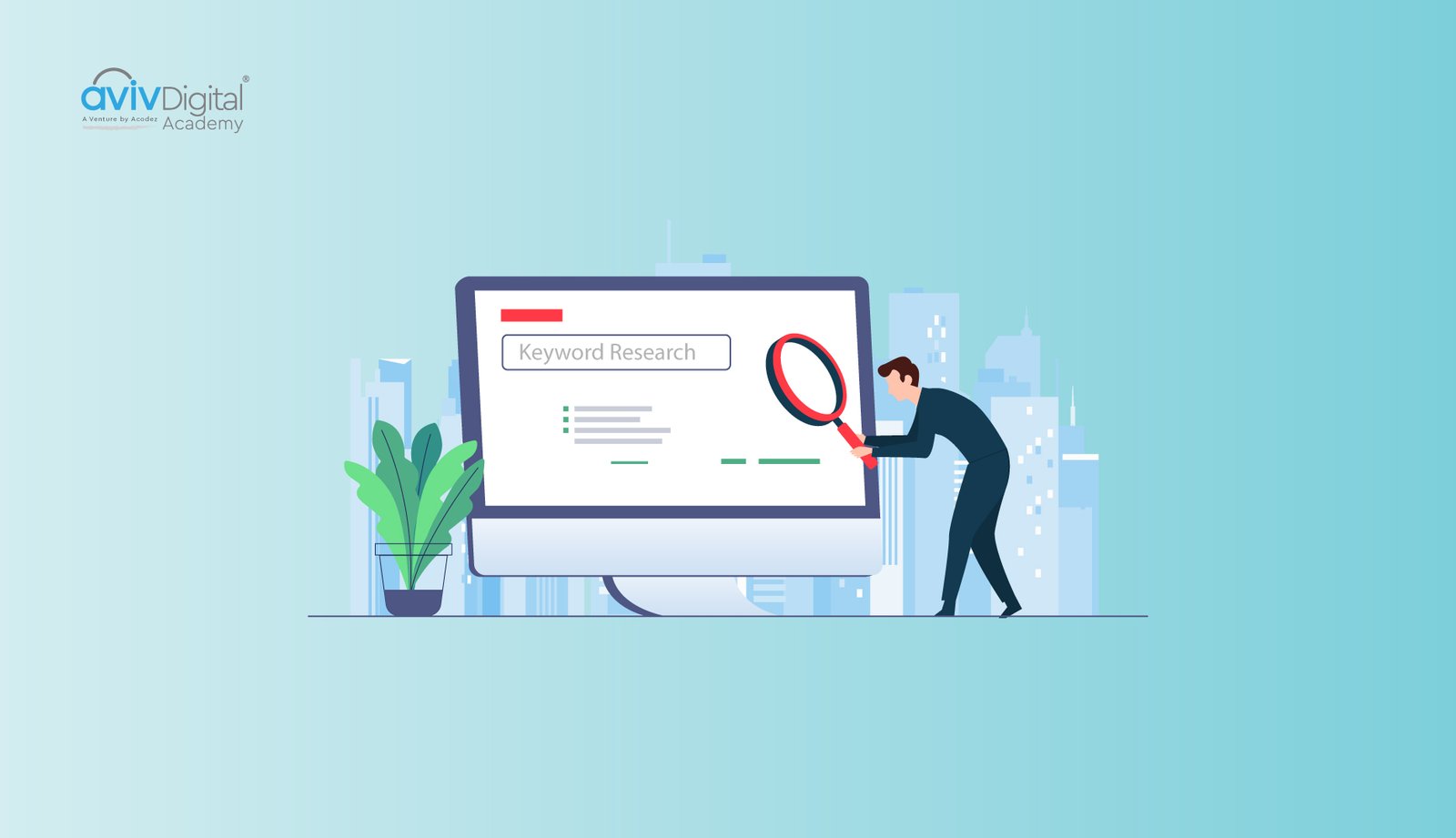
To understand your target customers to a great extent and to customize your marketing strategies, customer segmentation is crucial and this can be done using demographic and psychographics. Demographics and psychographics help to categorize your targeted customers on the basis of certain factors and characteristics. Through this blog, we will get into the detail of demographics, psychographics, and the comparison between the two and how it is important for targeted marketing.
Both demographics and psychographics are very essential for any business to understand whether its marketing efforts are moving in the right direction. Marketing professionals can utilize them for effective marketing campaigns and strategies. However, there are differences between them and this blog will enlighten you on this concept. So, without any further ado let us get into the topics.
Topics Discussed:
- What is Targeted Marketing?
- What are Demographics?
- What is Psychographics?
- Demographics Vs Psychographics
- Why you should use both Demographics and Psychographics for targeted marketing
What is Targeted Marketing

Before we begin with demographics and psychographics, let us get into what is targeted marketing. Targeted marketing is a strategy for customizing and personalizing online marketing on the basis of acquired data from a potential audience.
Targeted marketing is very mandatory to meet the customers who actually purchase your product or services. There is no point in sending out Ads to an unbelievably larger audience that the majority of them wouldn’t even notice or be interested in your product or services.
So, targeted marketing will be a great strategy to send out the advertisement to those people who are greatly likely to be interested in your products. Target marketing depends on audience segmentation i.e., Audiences are separated on the basis of certain characteristics and factors and on the basis of which ads are tailored. The customers are segmented on the basis of demographics and psychographics which we will discuss elaborately. Now let us take a look at Targeted marketing strategies with examples.
Strategies of Targeted Marketing:
Targeted Email Marketing:
Emails are a key factor when it comes to online marketing. More often, companies give priority to email channels when segmenting their customers. For example: If you own an online fashion store, some of your customers prefer certain colors or sizes, or materials. In order to have better leads and results, You can store and manage this data on airtable alternatives that help you create your online database without any technical experience needed. you need to gather data on these preferences so that it will help to build effective targeted messages for every segment
Targeted SMS Marketing
SMS marketing is comparatively more effective than any other marketing channel. Targeted SMS campaigns help to build a constant user profile on the basis of the data gathered through other marketing channels. Retail and e-commerces highly benefit from SMS campaigns as these industries have incredibly large data on customers and so they can create custom SMS messages for the intended audience.
Targeted Social Media Marketing
When it comes to social media, targeted marketing can become a bit complicated as there are wider audiences and the customers differ in using each social media platform. However, there is a small portion of customers who uses social media for product research. On every social media platform such as YouTube, Pinterest, etc, you can only use the data provided by the platforms and thus audience segmentation differs on each platform.
Targeted Content Marketing
Targeted Content marketing can be carried out actively or passively. Passive targeted content marketing is done by many businesses through blogs. Active targetted content marketing includes highly specified content that is distributed across different channels to access data to get people on the sales funnel
Google-Ads Targeted Marketing
Pay-Per-Click (PPC) is highly beneficial because many strategies or segments can be derived using them. Google ads are the primary thing in PPC targeted marketing as they have in-depth data that the marketers could do a lot with simple ads. Google Ads are so powerful that they are used highly for advanced strategies.
Now, let us move on to the next topic.
What are Demographics?

Demographics is one of the ways of segmenting an audience on the basis of definite qualitative data. In other words, identifying your potential customers on the basis of simple metrics such as age, income, social status, gender, etc. Gathering data on these metrics will become helpful in refining your marketing strategies and you can build campaigns that become appealing to the right people.
The demographics can be collected in two stages. The first stage is before conducting marketing on your products – from this, you will be able to determine who is likely to use your product on the basis of marketing research you’ve conducted. The second stage is when your product has hit the market- from this, you will be able to acquire data on the basis of your sales to determine who is using and purchasing your product. This will help in effectively targeting your audience.
Metrics in Demographics:
1. Age: You will access information on the age of your audience. They are usually classified into different generations.
For example, Youth are likely to get interested to purchase cars, mobile phones, fashion accessories, etc. and they use young people to campaign for these products.
2. Gender: This factor affect how a person identifies your product and the marketing.
For example, the marketing campaigns for companies that sell makeup products target ladies wearing them with amazing makeup finish.
3. Education: This is closely related to the social class of the audience and it determines if they are interested in your product and will or will not be able to afford it.
Example: Organizations that sell laptops, target college students, and provide promotions and offers as part of their marketing strategy.
4. Number of Children: On the basis of categories, in some cases, adults with children will spend more and in other cases, they are likely to spend less than the ones without children.
Example: Baby product companies always focus on adults with children and tailor marketing strategies that appeal to them.
5. Income: Income plays a huge role in the shopping patterns of an individual.
Example: Individuals with high income tend to buy luxurious products and so on.
6. Profession: A person’s profession will help to determine the products they tend to buy.
Example: A mechanic is highly likely to get interested in purchasing tools and equipment
7. Location: Through location, we can determine the kind of products people purchases and their marketing preferences.
Examples: The shopping patterns of people living in inland and lowlands are different
8. Marital Status: Gathering the marital status will help you to understand the likelihood to purchase certain products.
Example: Married couples tend to be interested in buying gold and a house.
What is Psychographics?

Psychographics is another set of metrics from which you will be able to customize your audience on the basis of their attitudes and other psychological criteria. These are more subjective and it requires more effort to understand your audience than demographics. Psychographics will help you to explore more into people’s minds such as their opinion, behaviors, values, and lifestyle.
Psychographics will let you personalize your messaging and thereby creates a stronger bond with your customers. They offer an invaluable path into their thought and decision-making regarding buying products and services so that you can create psychographic marketing campaigns that not only appeal to the right people but also motivate them to buy on a psychological level.
Metrics in Psychographics:
1. Values: One of the crucial psychographic metrics is values as they enable you to connect with your customers. It involves things such as trust, veganism, eco-friendliness, sustainability, etc,
2. Opinions: Opinions involve anything and everything that your customer might think about such as political opinions, social issues, etc.
3. Attitude: Attitudes are closely related to opinions but more on an emotional context.
4. Interest: This is the metric to understand your customer’s likes such as art, reading, fitness, etc.
5. Habits: Through this, you will be able to understand your customer’s routines whether it is good or bad. If they have positive habits such as exercising and meditation or negative habits such as oversleeping etc.
6. Lifestyles: This will help you to determine how your customers choose to live their life. Such as whether would they prefer the outdoors or staying in or do they travel a lot or not and so on.
Demographics Vs Psychographics
Demographics and psychographics are in a similar area in marketing but the way to approach in gathering data is totally different. Let us now look into the differences in demographics and psychographics.
Gathering of Data:
Psychographics are challenging and more complicated than demographics for various reasons. For one, you gather data in demographics on the basis of metrics such as age, income, marital status, education, etc. Whereas, in psychographics, you use metrics such as values, opinions, attitudes, etc
In psychographics, you will only gather data when you speak to customers directly to answer your questions. On the other hand, demographics can be collected through social media, purchase history, analytical tools, etc,
Purpose of Data
Psychographic data are qualitative whereas demographic data are quantitative. To be more clear, demographic will help you to understand who your consumer is. On the other hand, psychographic data help you to understand why a consumer is purchasing your product. Taking key points from both aspects, you will get an idea of who is your consumer and why are they making purchases.
Implementing the Data:
As the data in demographics are straightforward and measurable, they are pretty much easier when it comes to implementing the data. In psychographic data, you won’t be able to implement on a general scale but only to target individual customers. This is the main reason the majority of the companies avoid psychographic data as they require so much time and effort.
Effectiveness of Data
When it comes to the effectiveness of data, psychographics wins. Not only the data collected are effective in psychographics but there is a huge difference. Because in psychographics, you are collecting data on a personal level, you are acquiring data by asking the customers directly. This is grateful for building a strong connection with your customers.
How to Use Demographics in Marketing?
- Choose a way to communicate with your audience:
As mentioned earlier, there are numerous marketing channels such as SMS, email, social media platforms, YouTube, Linkedin, Instagram, etc. The way people use each platform will be different and thus you need to market on the basis of the audience on each platform. Taking an example: older generations tend to use SMS and email while youths prefer social media the most.
- Understand the needs of your customer:
Using the data from demographics, you can try to imagine what people would tend to buy when they scroll through Amazon or any other social media. For example, a new mother would tend to buy baby gear and products while a mechanic would be interested in buying tools and equipment. Using this persona, you can create a marketing strategy that meets their needs.
- Determine what your customers can afford:
You need to create a plan and stick with a budget as there are many chances of overpricing the product. Because during the initial stage, there are possibilities on increased cost and expenses and once the product hit the market it tends to become more expensive to meet the profit, and customers overlook it as they are overpriced. To avoid this, it is essential to come up with a budget plan and strictly follow it. Look into the features to know if you can cut or substitute to reduce any cost.
How to Use Psychographics in Marketing?
- Use Emotion in Marketing:
It is essential for your customers to know what your product represents and the key motivation for developing this product. Because in doing so, it creates a feel in customers regarding your product. The data collected through psychographics will help you to add emotions to your product such as humor, empathy, surprise, hope, etc which further boosts traffic.
- Find Social media niche:
Social media involves an incredibly larger audience and it will be highly challenging to find a niche that your consumers relate to. But using psychographic data you will understand your niche and can create a marketing strategy that becomes appeal to your customers. This will help in possessing a smaller but much more effective social media net.
- Craft Brand Value:
You should build a brand value from which your customer can get behind. For example, principles such as sustainably, eco-friendliness, hard work, privacy, passion, etc will resonate with your audience. This can be done through the data collected from psychographics so that you can use your marketing and research to tap into this side of your customer.
Why you should use both Demographics and Psychographics for targeted marketing
Both demographic and psychographics are crucial for audience segmentation. As discussed earlier, demographic provides quantitative data and psychographics provide qualitative data. To meet lead generation strategies you need data acquired through psychographics because it helps to bring customers back.
Having said that, Demographic data should never be ignored because that’s where your effort should be in the foundation of marketing strategies and determining the niche of your company. Once you gain proper data through demographic, you need to strengthen your marketing by actively participating with customers to gain psychographic data.
Winding-Up:
If you are someone looking to improve your marketing strategy, hope this blog will be of help. Targeted marketing is an effective marketing strategy that highly worked for many businesses or organizations. And to segment your audience, you need to possess data through demographic and psychographics. Because in the end, the data acquired from them will become useful in improving your marketing strategy, understanding your customer, and developing a brand that is related to your customers.
Aviv Digital is one of the leading Digital marketing course in kerala, Kerala. We offer a wide variety of globally recognized certification programs that include SEO, SEM, SMM, Email Marketing and Inbound Marketing courses. For more details, Contact us at: +91 9037 489 577







